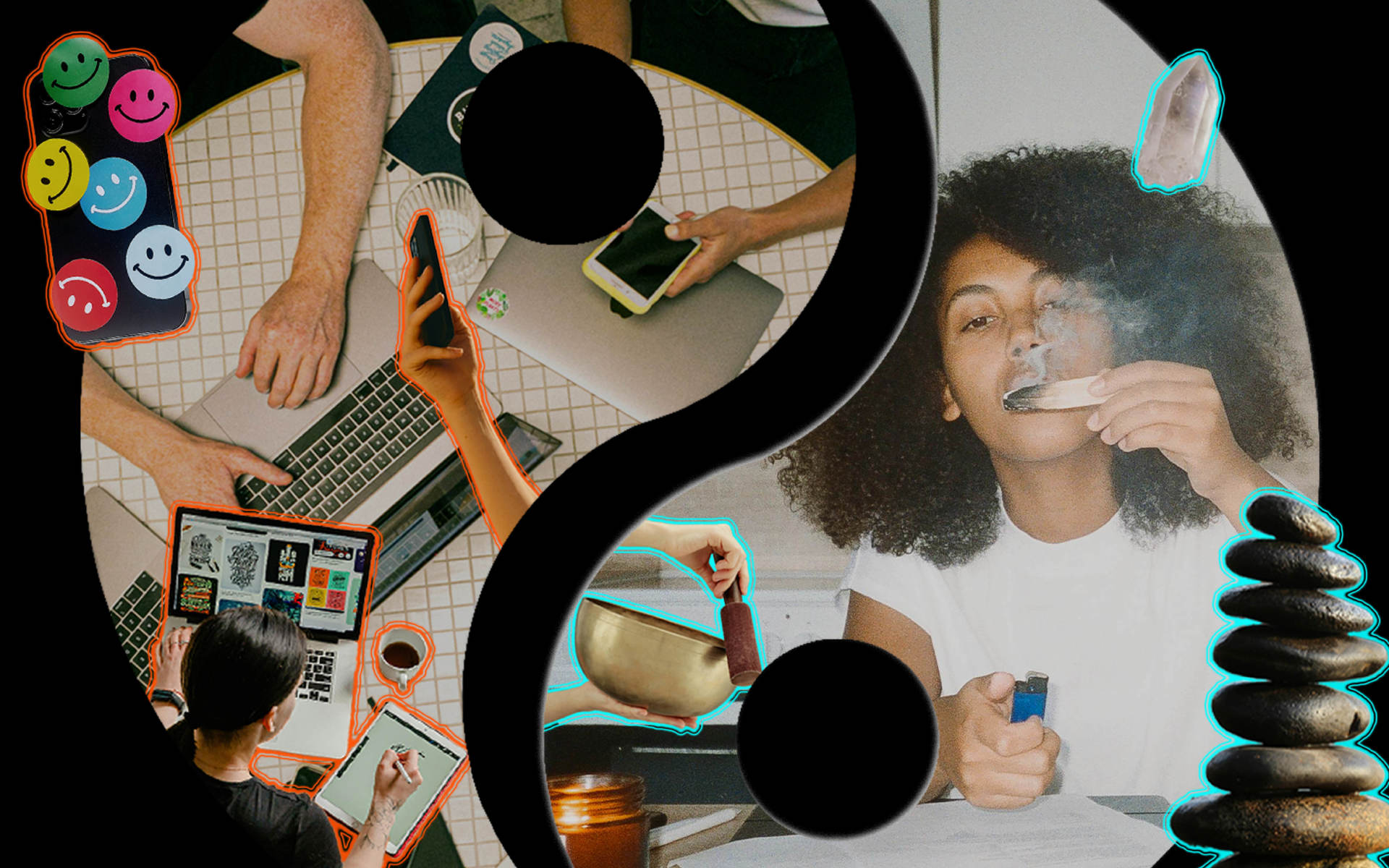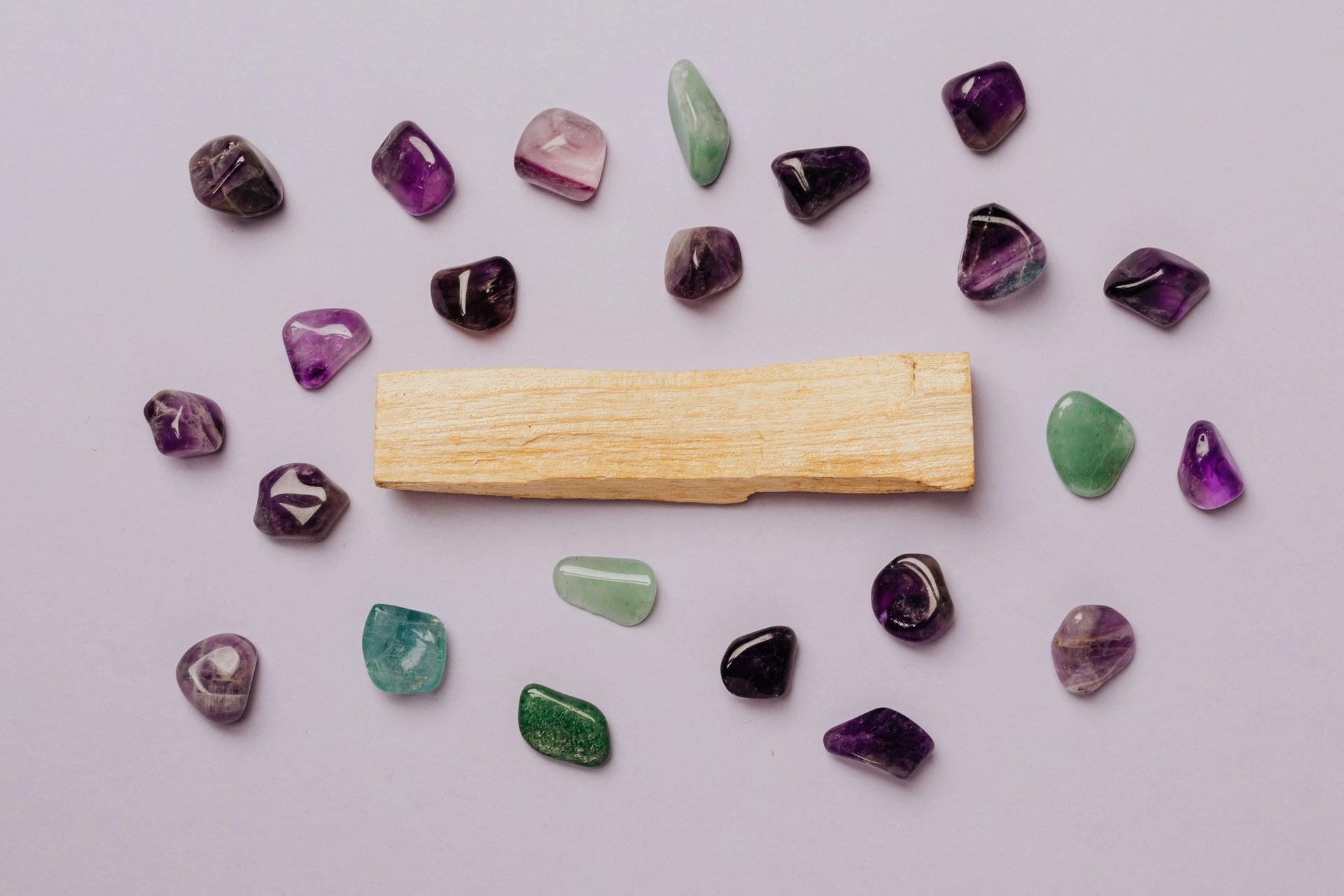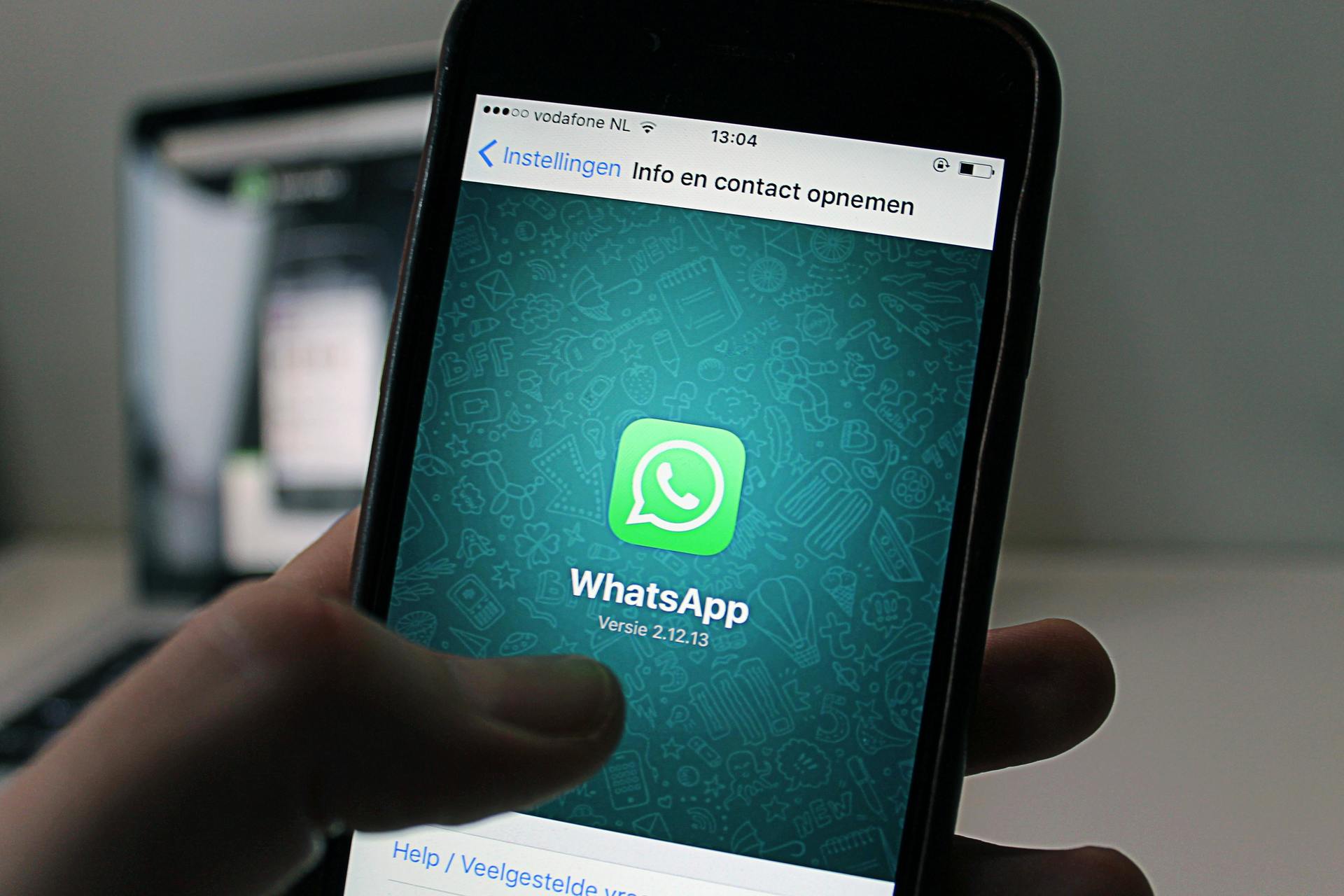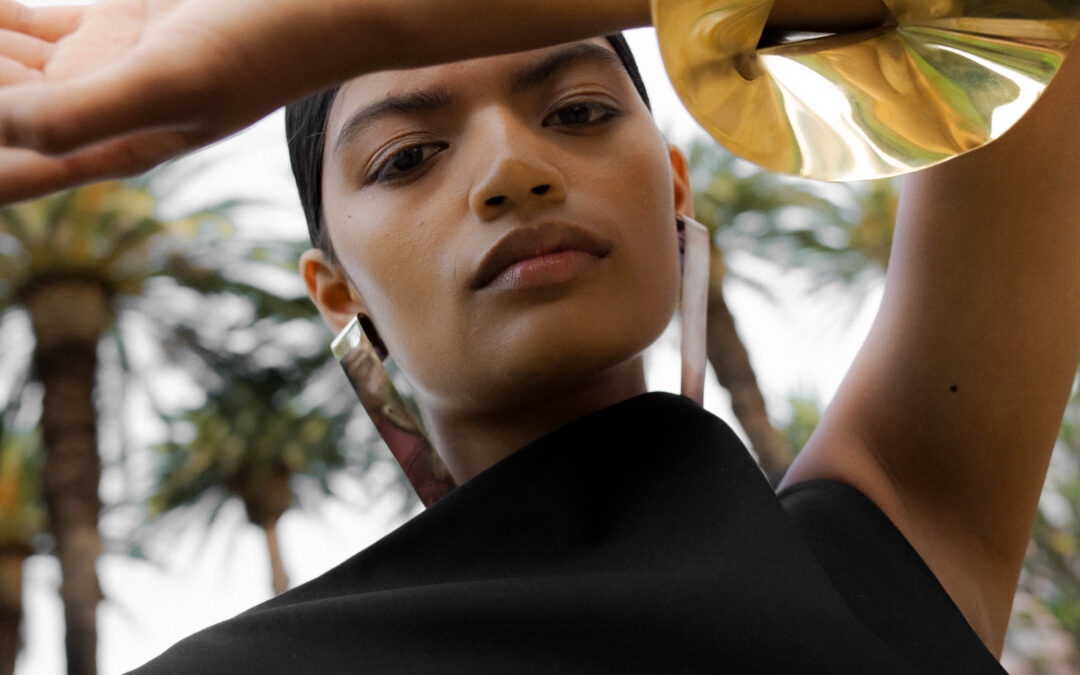It’s currently ‘fashion month’ — the so-called “January of the fashion industry” — and coincidentally the time of year that I find myself the least interested in being engaged online. I don’t know if it’s a sense of avoidance —an attempt to escape the intense feelings of ennui and listlessness born from my desire to covet fashion — or if it’s just that this month, above any other, feels the most energetically bombarding and my body and brain, independent of my mind, have decided that engaging in a small dose of apathy is actually a useful kind of protective barrier that they biologically employ.
I don’t really know why, but it’s a bit irreconcilable considering fashion has been one of the central loves of my life since, well, I attempted to klomp around in my god-mother’s kitten heels circa 1997 as one of my first acts of achievement.
I don’t think we weren’t meant to be so frequently exposed to such an overwhelming barrage of digital stimuli. Ironically, a TikTok arrived on my FYP that resonates with a very specific kind of psychological hygiene we all have to begin to integrate, one way or another: Digital Feng Shui.
An ancient Chinese practice, Feng Shui has traditionally been applied to material environments with an intention rooted in harmonising people with their surrounding space. The term ‘feng shui’ translates to ‘wind’ (feng) and ‘water’ (shui), representing the flow of energy (or ‘chi’) in nature. According to Feng Shui, the layout, design, and organisation of a space—whether a home, office, or garden—can affect the health, happiness, and prosperity of the people who occupy it.
Imagery by Pixabay, via Pexels
Imagery by Karolina Grabowska, via Pexels
It is the ritualisation of arranging the material objects that surround us, and like much of the innovative realisations arising from the East; it’s all about guiding unseen energy, positively, throughout our experience and within ourselves. Applying the approach of Feng Shui, as @Arca.so explained in their aforementioned TikTok, could be the difference between chaotically navigating digital spaces and actually forging a dynamic, principled approach to our relationship with the fastest growing environment that we exist within. Between endless social apps and switching between devices, how can we approach these meta-realities with more balance? As CEC editor and content producer, Grace Crooks, so poignantly said, “we need internet ecologies that are nourishing to us.”
One of the first to coin this phrase, writer Tracy E. McDowell wrote in her piece on Digital Feng Shui that “In the digital age, we are bombarded with an overwhelming amount of information, and our attention is constantly divided between different devices and platforms. This “digital overwhelm” can lead to a feeling of burnout, dissociation, and distraction, and negatively affects mental health and well-being. Creating balance in the digital world can help us to navigate this overwhelming landscape and find a sense of calm and focus. Just as in feng shui, the goal is to create a harmonious environment that promotes well-being and prosperity.”
Digital Feng-Shui is about clearing out the clutter, and making intentional efforts to bring balance to the digital environments that we occupy. We want to create a purposeful approach to online engagement, and focus on curating a digital environment that brings joy, peace, calmness, and curiosity to our lives.
Let’s map out how we might be able to do this:
We can start by observing the emotions triggered when consuming digital content and noting which apps, websites, or publications genuinely enhance our well-being. Once we identify these positive sources, the next step is to create a space that encourages positive engagement. Similar to feng shui’s focus on arranging spaces to direct energy, setting up bookmarks or app folders specifically for these resources will make them more accessible. This intentional organisation helps prevent us from slipping into passive habits like doom scrolling by giving us a purposeful entry point when we reach for our devices.
Dedicating mindful time to engage with this content, supported by screen time trackers, further helps limit exposure to draining material. I don’t know about you, but my weekly screen time update on Sundays from Apple is a competition I set with myself each week to reduce. By consciously replacing mindless scrolling with content that aligns with our interests, we can nurture active engagement and regularly reassessing our digital habits ensures that our choices continue to bring joy, curiosity, and balance into our online experience.
In the world of platform and app creation, developers are increasingly recognising the demand for soft, calm, and low-stimulus digital environments—spaces that stand in contrast to the high-intensity, overstimulating digital landscapes often found in social media and other attention-driven platforms. These digital spaces focus on reducing mental strain and encouraging more mindful, intentional interactions. Are.na, for example, is a minimalist, creative platform that is committed to being ad-free, in which users curate and collect information across the web, collating them into individual projects and group collaborations. Purposefully so, Are.na is very bare-bones in its design; intended to provide users a blank, decluttered canvas that can weave together visuals, texts and other inspirational build-blocks for nourishing creative ideas.
Then, there’s Cosmos — one of the latest mood-board apps that titles itself as a ‘discovery engine for creatives’ that ‘brings order to your creative universe’. Similarly, the intention of the platform is visually-centric and ad-free. Uniquely, Cosmos and Are.na feel like their own portals; both platforms prioritise simplicity and user autonomy, making them feel like distinct, immersive digital universes where creators can focus on their ideas without the overstimulation common in other digital spaces. Their UX is designed to evoke a sense of exploration and creative flow. By allowing users to seamlessly collect, arrange, and share content, these platforms act as gateways to a personalised creative experience, one in which users actually gain control – rather than give away control — over how they interact with and structure their digital environments. In this way, they offer a quiet refuge from the intensity of traditional social media, cultivating a slower, more thoughtful form of digital engagement. Very Digital Feng Shui!
Imagery by Castorlystock, via Pexels
Imagery by Anton, via Pexels
We’re not about to become monastic in our digital use and in fact, we’re going to continue seeing the integration deepen between ourselves and technology. It’s ironic, of course, that we’re trying to solve digital dependence with more apps. Yet, we also know there’s no true replacement for getting into nature, moving our bodies, or connecting with our community.
Technology alone can’t substitute those essential human experiences. However, if we can create intentional digital spaces that nurture us rather than drain us, we can avoid falling into the trap of listlessness that comes from mindless scrolling. It could be as simple as finally cleaning up your Spotify to include playlists for every kind of mood (maybe add some meditative, binaural tracks?) or limiting yourself to structured tech-time, for leisure and self-nourishment. The idea is to take small steps that transform how we use technology, allowing it to support our well-being rather than becoming a source of distraction or stress.
After all, technology has arisen from us, and while it may sometimes feel like an abstract, behemothic force looming over our lives, we still possess immense agency in how we can interact with it. We have the power to create boundaries, harness its potential wisely, and ultimately take personal responsibility for shaping our relationship with it. Digital Feng Shui feels like a profound navigational philosophy for understanding how we interact with technology in the present and future. By applying the core principles of feng shui—balance, flow, and mindful arrangement of spaces—to our digital environments, we’re intentionally designing our digital ecosystems to enhance the flow of information and minimise the clutter of overstimulation.
Whether it’s through decluttering our app interfaces, managing notifications, or curating content that nourishes us, it’s about making the digital world a more harmonious extension of our lives. This philosophy acknowledges our deepening relationship with technology while reminding us of our capacity to create balance within it — we’re curious, how might you take steps to employ more balance in your digital experience?
Written by Holly Beaton
For more news, visit the Connect Everything Collective homepage www.ceconline.co.za


















